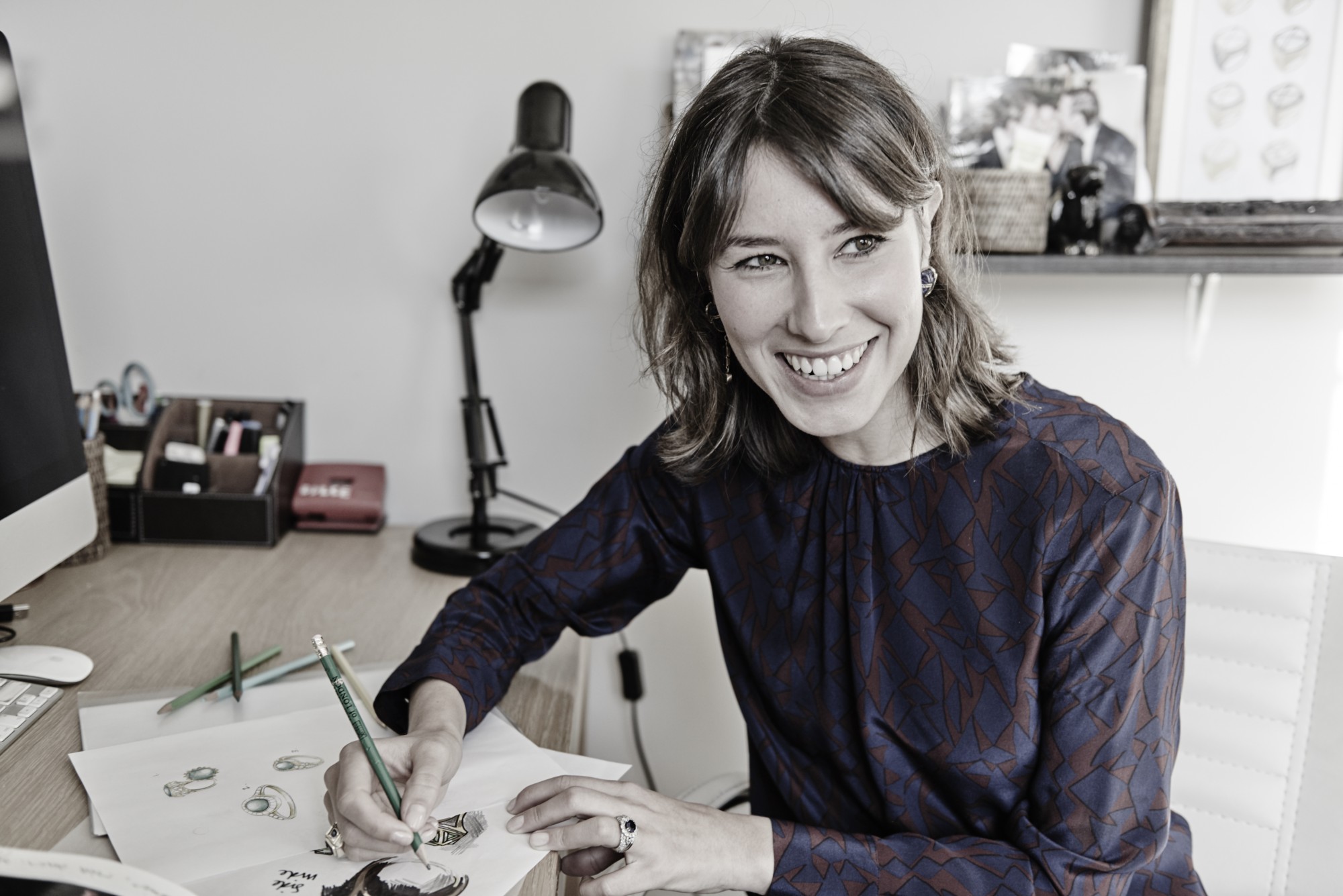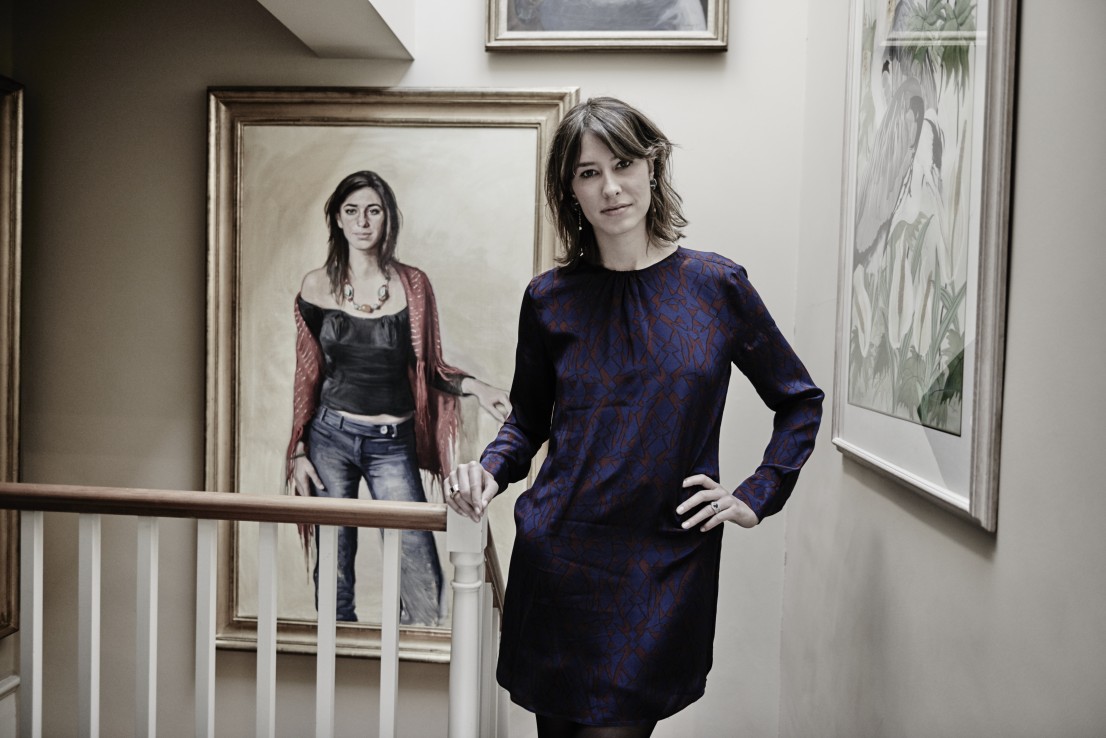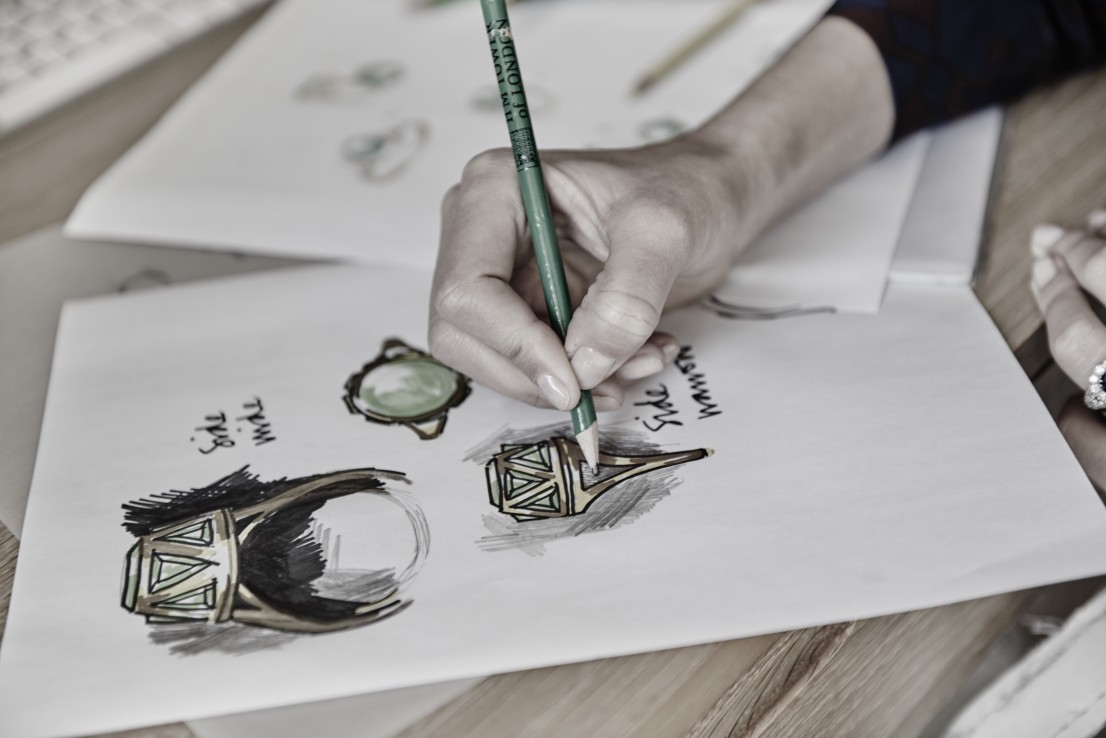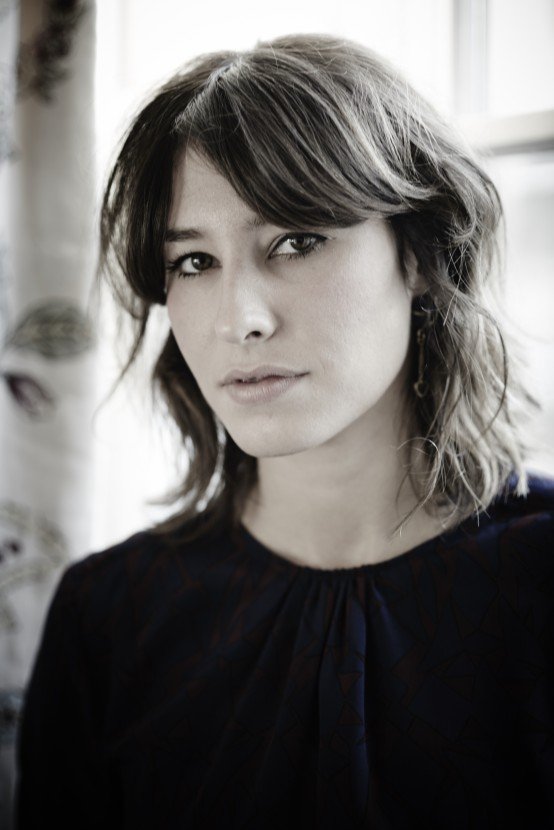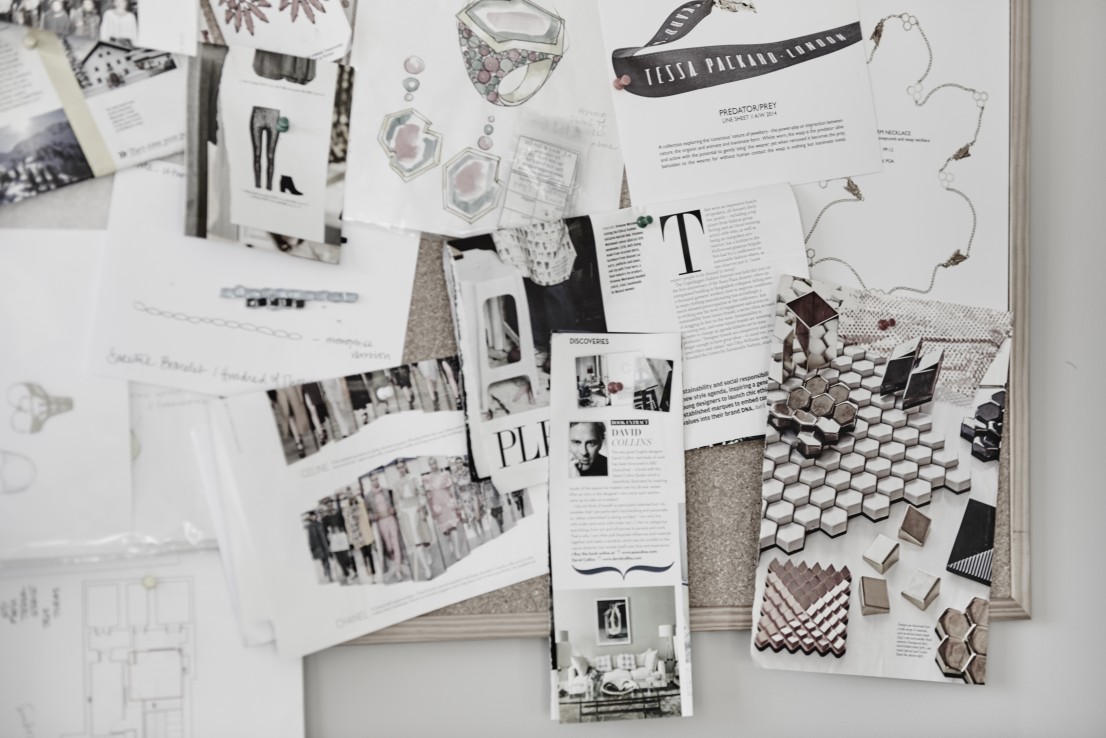Let’s be honest with ourselves: fine jewellery can be a little intimidating. While we might be happy to spend hours choosing between a set of Freedom at Topshop earrings, we’re unlikely to wander into an outpost on Old Bond Street and spend an afternoon sipping champagne and deciding which cut of diamond might suit us better. That situation seems to be reserved in our imaginations for engagement ring shopping, and even then many of us might hope that our significant other might have already done the leg work for us (unless it’s a Sweet-Home Alabama-Tiffany-&-Co situation. That we would be down for).
Part of this fact is undoubtedly down to cost; as the price of a piece goes up, so often too does our unwillingness to browse it without the means to buy it. But on the other side of the coin is our lack of inclination to buy expensive jewellery for ourselves, despite the fact it has much a place in our sartorial ammunition as any other. It’s incredibly romantic to assume that if we wait around long enough someone special might successfully gift every piece of jewellery to ever catch our eye but let’s be real: why should we wait?
When I sat down to discuss this with designer Tessa Packard, she wholeheartedly agreed. She also, kindly, agreed to help us put together a guide to buying fine jewellery for a total novice. So how would one approach the subject?
“I would always encourage people to approach ‘collecting’ fine jewellery in much the same way as you would build a capsule wardrobe,” she tells me. “Think of fine jewellery as your basics – your favourite pair of jeans, your failsafe white silk shirt, your little black dress and your black-tie showstopper. That gives you the foundation pieces from which to develop a rich and diverse ‘wardrobe’, knowing that in case of emergency, you have all bases covered.”
“In terms of what these ‘basics’ are, I would always recommend firstly one great, opera-length necklace. Opera-length necklaces are incredibly flattering. They elongate the silhouette and draw the eye down the body. They look especially striking when paired – Coco Chanel style – with a crisp open-necked shirt. Secondly, a versatile cocktail ring, set with neutral coloured gemstones – such as smoky quartz, pearls or black sapphires – that can be worn as easily with a blouse and jeans as a little black dress. Then, a pair of earrings that exude professionalism as well as sartorial statement. Timeless does not have to mean safe when it comes to design. And finally, the ‘layer-up’ bracelet. This piece of jewellery goes with anything and was born to be stacked by the armful with similar purchases and the OMG earrings. These are the pieces of jewellery you know will get you noticed for all the right reasons and can elevate the simplest of outfits into something more polished and pulled together.”
“In terms of quality, I would argue that appearance and comfort are two key indicators of a well put together piece of jewellery. Subjective aesthetics aside, good jewellery should show a consistency in the craftsmanship; the stones should be well set; if the metal finish is polished not matte, there should not be chips or indentations in the surface. Everyday jewellery should sit comfortably on the body – almost invisible to the wearer. Haute Joiallerie or statement jewellery is different. Here, the sign of quality is all down to noticeability, craftsmanship, design and material value.”
On Cost
“If you are looking to purchase British-made fine jewellery, I would allow a budget upwards of £700 (fine jewellery made abroad tends to be cheaper as the labour costs are substantially lower than those of British goldsmiths). Generally speaking, the more precious the stones, the weightier the gold or the more intricate the piece, the more costly it’s likely to be. Interestingly, it can often be far more cost effective to commission a fine jewellery bespoke design than buy an off-the-peg ring or earring, and arguably more fun as well.”
On Skintone
“As a general rule, the yellow gold tone is the most flattering of the metal colours on the skin. It brings a warmth to fair skin, always sits beautifully alongside olive skin and shows off the deep tones of dark skin. If a client is unsure about what metal to pick for an ‘everyday luxe’ item, I would always recommend that they consider yellow gold before any other metal tone. It’s unrivalled in its practicality and timelessness.”
“Rose coloured metals can look spectacular, but must be avoided if a complexion or skin tone sits on the pink side of the scale. Personally, I think that white gold or platinum is most flattering to wear in the evening when low light or candle light brings a touch of warmth to the cooler-toned metal. Having said that, white coloured metals can work very well as everyday pieces, especially when worn on the finger. Whilst a cool-toned metal near the face can be draining, on the hand, it can look spectacular. So, it’s not so much a case of which metal, more, which metal and where!”
On Gemstones
“Traditionally speaking, white diamonds, blue sapphires, green emeralds and red rubies are what are considered the key gemstones. Personally, I would dispel the traditional thinking about ‘key’ gemstones, favouring instead the idea that all gemstones are of equal value from an aesthetic point of view – what it really boils down to is personal preference, practicality and budget. It is true that in certain areas – notably that of engagement rings – the traditional key gemstones, such as sapphires and diamonds, still prevail as the most popular choices. The reason, however, is not purely materialistic. Both sapphires and diamonds are incredibly hard wearing and thus make excellent choices for everyday, statement rings. That aside, there are so many rarer or lesser-used gemstones to consider that are equally as striking in colour and hue as the vivid emerald or rich ruby. I’m particularly fond of the dark, inky-blue black sapphire – an excellent alternative to a black diamond. I’m also a huge fan of incorporating carved gemstones into fine jewellery, and for that kyanite, aventurine, chrysoprase and lapis are wonderful options when set against yellow gold.”
On Buying Our Own Jewellery
“The vast majority of my clients are women, and a vast percentage of those women are buying the jewellery for themselves. Of course, there is still a big element of ‘gifting’ in jewellery, but I do think that attitudes and shopping habits are changing as fine jewellery enters a less elitist sphere, with greater accessibility and easy-to-shop entry-level pieces. Ten years ago – when ‘fine jewellery’ was predominantly associated with such scions as Graff, Cartier, Place Vendome and Bond Street – women very much prioritised spending money on the new ‘It-bag’ or designer shoe. In the last five years or so, a new breed of fine jewellery designers have emerged and challenged the preconceptions of what fine jewellery is, introducing more daring designs, touches of surrealism and working with new materials unseen in this sector before. The jewellery designer or fine jewellery brand is now beginning to be seen in much the same way as the fashion designer or the fashion label, and I think this shift has really encouraged women to buy jewellery for themselves.”

